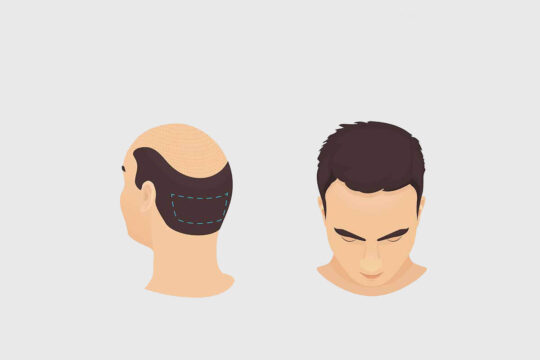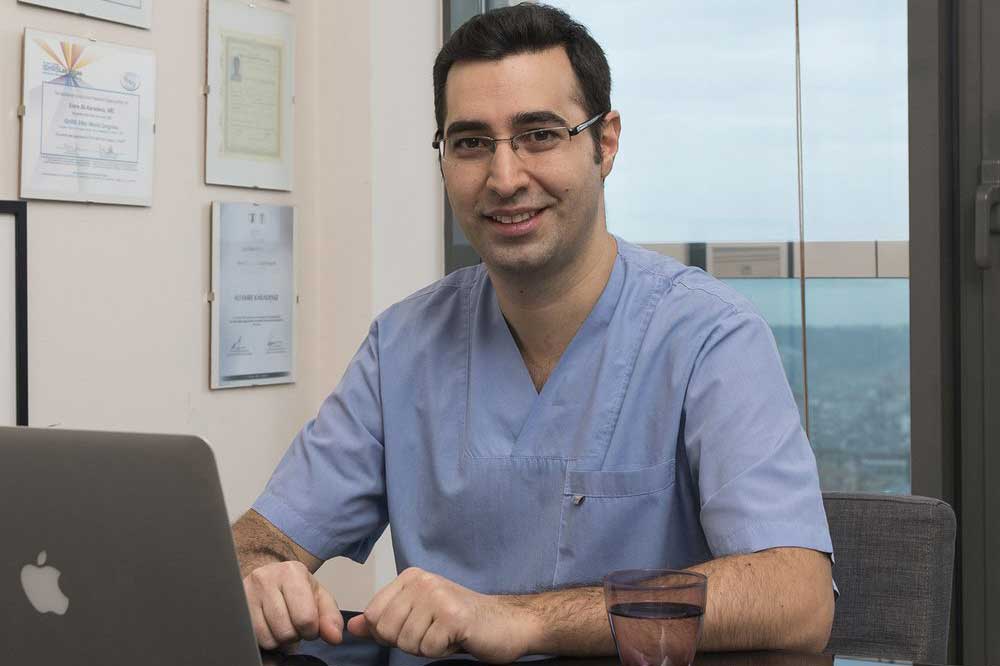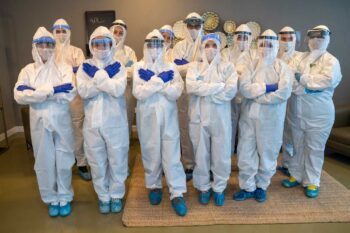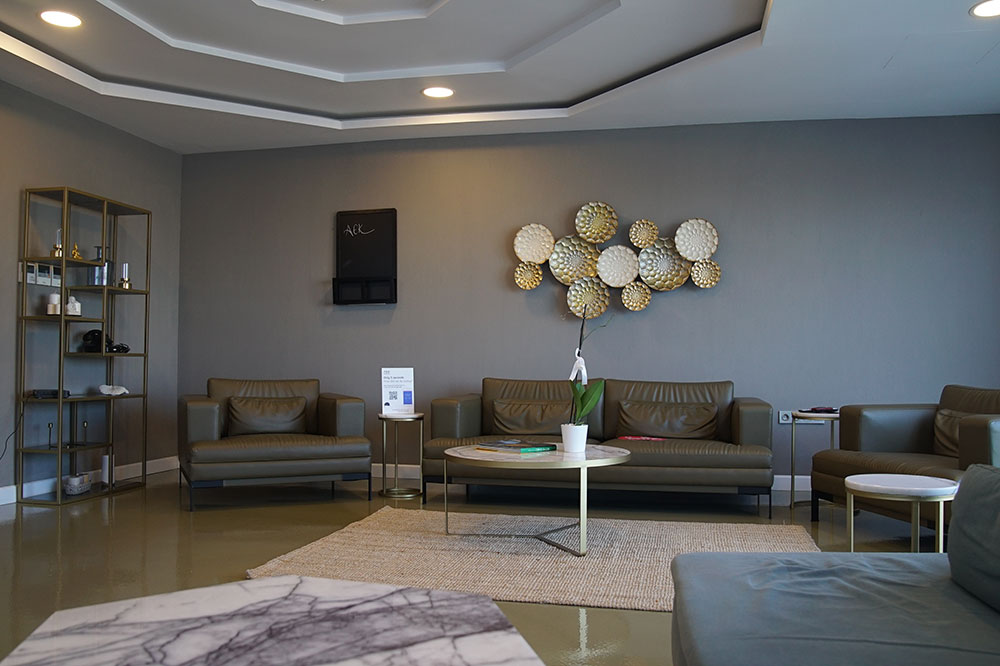
FUT + FUE Combined Hair Transplant combination treatment is a very effective option when trying to maximize the yield of donor hair harvesting in a single visit while causing the least amount of tissue damage.
It is also the most effective option in repair cases where prior surgeries have exhausted donor resources and caused scarring.

The desire to harvest the highest amount of donor hairs at once while limiting extensive tissue damage which a single technique could have caused. It is possible to harvest 10000 hairs or more on a virgin scalp when FUT+FUE is used.
Trying to harvest such high amounts with only FUT or FUE can cause wound healing problems, extensive tissue damage and scarring.

In patients who have had multiple/aggressive FUE procedures the donor density decreases below a certain threshold when another large FUE procedures becomes impossible. In these cases FUT+FUE with a larger FUT session and smaller FUE session, or a large FUT session combined with an FUE session using body hair (FUT+BHT) may be a good option.

For patients left with a wide strip scar after earlier FUT sessions, the surgeon can perform a modest new strip harvest that removes most of the old scar and re-closes the area with improved technique, reducing its width.
After closure, a larger FUE pass can draw grafts from surrounding safe zones to rebuild density across thinning regions.
People who experience a lot of hair loss may sometimes not have the hair they want with one method.
FUT + FUE Combined Hair Transplant is a very effective method applied for such cases.
The main purpose of this operation is to reach a lot of graft. Thanks to this, the patient’s baldness can be covered.
If you don’t want any gaps left in your hair, 4500 to 6000 grafts are needed. However, this is an estimate, the surgeon makes the most accurate decision.
No, this is forbidden. The first 1 week after the operation is quite critical. Touching the hair follicles, scratching, etc. may cause the operation to give unsuccessful results. Therefore, the patient should not touch his hair for at least 10 days.
It is recommended to sleep at an angle of 45 degrees. Nothing should touch the scalp. Use a neck pillow and put two pillows under your head. Grafts should not be pressured. It is very important that the environment in which you sleep is hygienic. Your head can get germs because channels open in your scalp.
If you do not pay attention to hygiene, you may experience bad side effects. These can be listed as swelling, inflammation, infection, damage to the grafts. You can lay a clean towel on your pillow. If your scalp is damaged while sleeping, contact the clinic immediately.
Types of hair loss are divided into two. “Male pattern hair loss and female pattern hair loss.” Male pattern shedding is a natural process that usually occurs when men get older. The Norwood scale is used to determine the stage of hair loss and there are rates of these hair loss stages. On the Norwood scale, there are 7 stages. It is divided from 1 to 7.
The dual approach is reserved for difficult cases where a single method cannot supply enough grafts. Examples include donors already reduced by past surgeries or very advanced baldness that demands more follicles than either FUT or FUE can safely yield on its own.
Removing another strip can still add 1,500–2,000 grafts, but the scar itself narrows the safe FUE zone. By adding FUE after the strip harvest, the team can pick up an extra 2,000 + grafts from untouched areas—doubling the yield while keeping the scar camouflaged.
Fibrosis left by earlier FUE makes a second round of FUE alone inefficient. Starting with a new strip harvest can deliver 2,000–3,000 solid grafts; a carefully planned FUE pass afterward can raise the total to roughly 4,000–5,000 quality grafts in the same visit.
Not always. Surgeons often split the work over two consecutive days to keep operating times reasonable and to protect graft viability. The effect is still one coordinated procedure—just staged to reduce risk.
A combined strategy unlocks graft numbers that neither approach could reach alone, improves or removes old strip scars, and maximizes donor use without over-harvesting any single zone—crucial for patients facing extensive thinning or complex surgical histories.
AEK Clinic never turns away its patients who have hair loss problems. This clinic is known as a very successful clinic that closely follows the technology and applies all hair transplantation methods within its structure.
Our surgeons can determine which type of technique a patient needs by performing a preliminary examination. If a patient’s hair cannot be transplanted with a single technique, then he can obtain a lot of grafts by using FUT and FUE techniques at the same time. In this operation, almost 10,000 hairs can be collected. So, how do you find out how much graft you need? Thanks to the Norwood scale, of course.